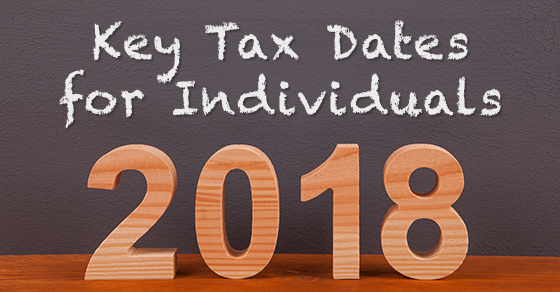In many parts of the country, summer is peak season for selling a home. If you’re planning to put your home on the market soon, you’re probably thinking about things like how quickly it will sell and how much you’ll get for it. But don’t neglect to consider the tax consequences.
Home sale gain exclusion
The U.S. House of Representatives’ original version of the Tax Cuts and Jobs Act included a provision tightening the rules for the home sale gain exclusion. Fortunately, that provision didn’t make it into the final version that was signed into law.
As a result, if you’re selling your principal residence, there’s still a good chance you’ll be able to exclude up to $250,000 ($500,000 for joint filers) of gain. Gain that qualifies for exclusion also is excluded from the 3.8% net investment income tax.
To qualify for the exclusion, you must meet certain tests. For example, you generally must own and use the home as your principal residence for at least two years during the five-year period preceding the sale. (Gain allocable to a period of “nonqualified” use generally isn’t excludable.) In addition, you can’t use the exclusion more than once every two years.
More tax considerations
Any gain that doesn’t qualify for the exclusion generally will be taxed at your long-term capital gains rate, as long as you owned the home for at least a year. If you didn’t, the gain will be considered short-term and subject to your ordinary-income rate, which could be more than double your long-term rate.
Here are some additional tax considerations when selling a home:
Tax basis. To support an accurate tax basis, be sure to maintain thorough records, including information on your original cost and subsequent improvements, reduced by any casualty losses and depreciation claimed based on business use.
Losses. A loss on the sale of your principal residence generally isn’t deductible. But if part of your home is rented out or used exclusively for your business, the loss attributable to that portion may be deductible.
Second homes. If you’re selling a second home, be aware that it won’t be eligible for the gain exclusion. But if it qualifies as a rental property, it can be considered a business asset, and you may be able to defer tax on any gains through an installment sale or a Section 1031 exchange. Or you may be able to deduct a loss.
A big investment
Your home is likely one of your biggest investments, so it’s important to consider the tax consequences before selling it. If you’re planning to put your home on the market, we can help you assess the potential tax impact. Contact us to learn more.






